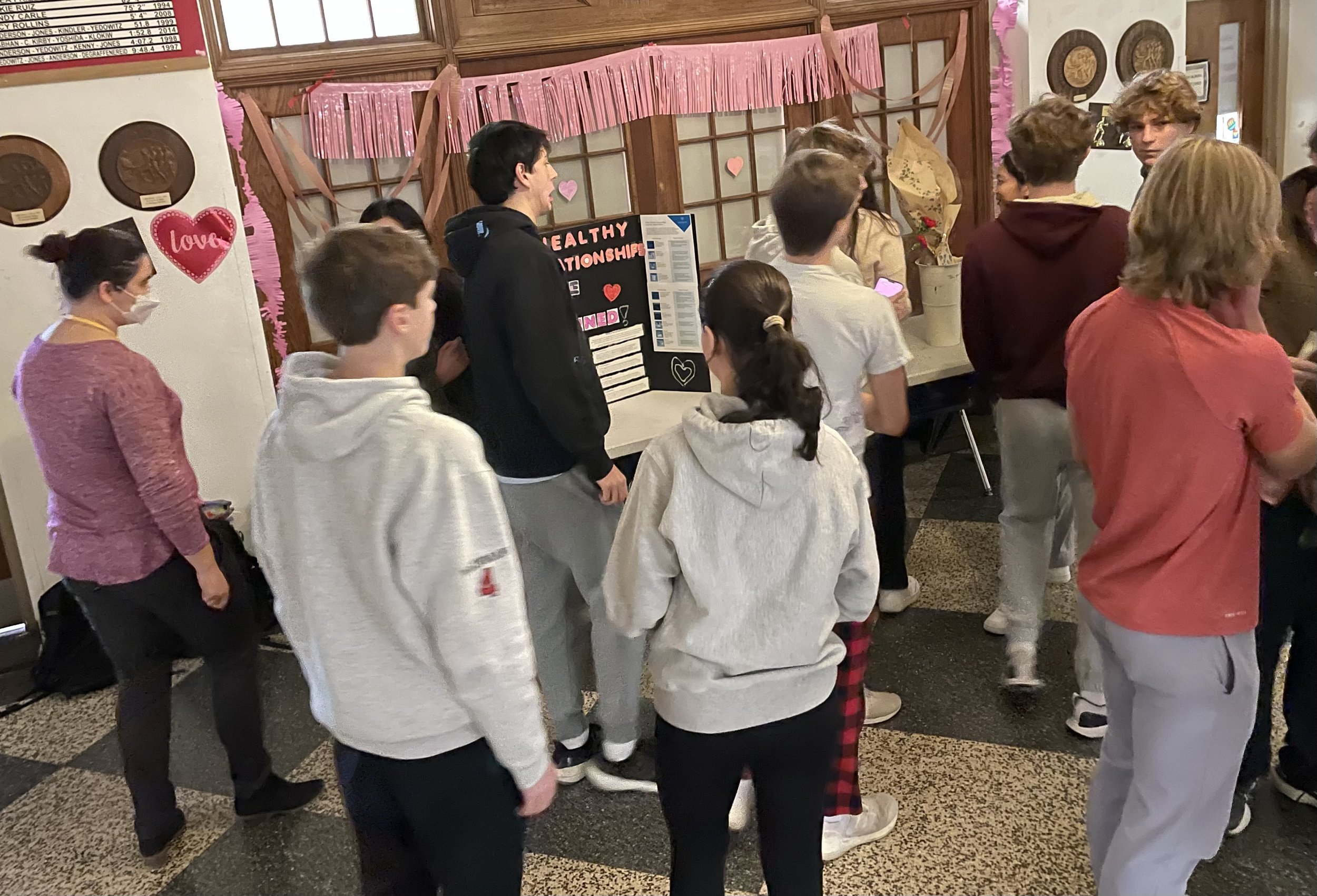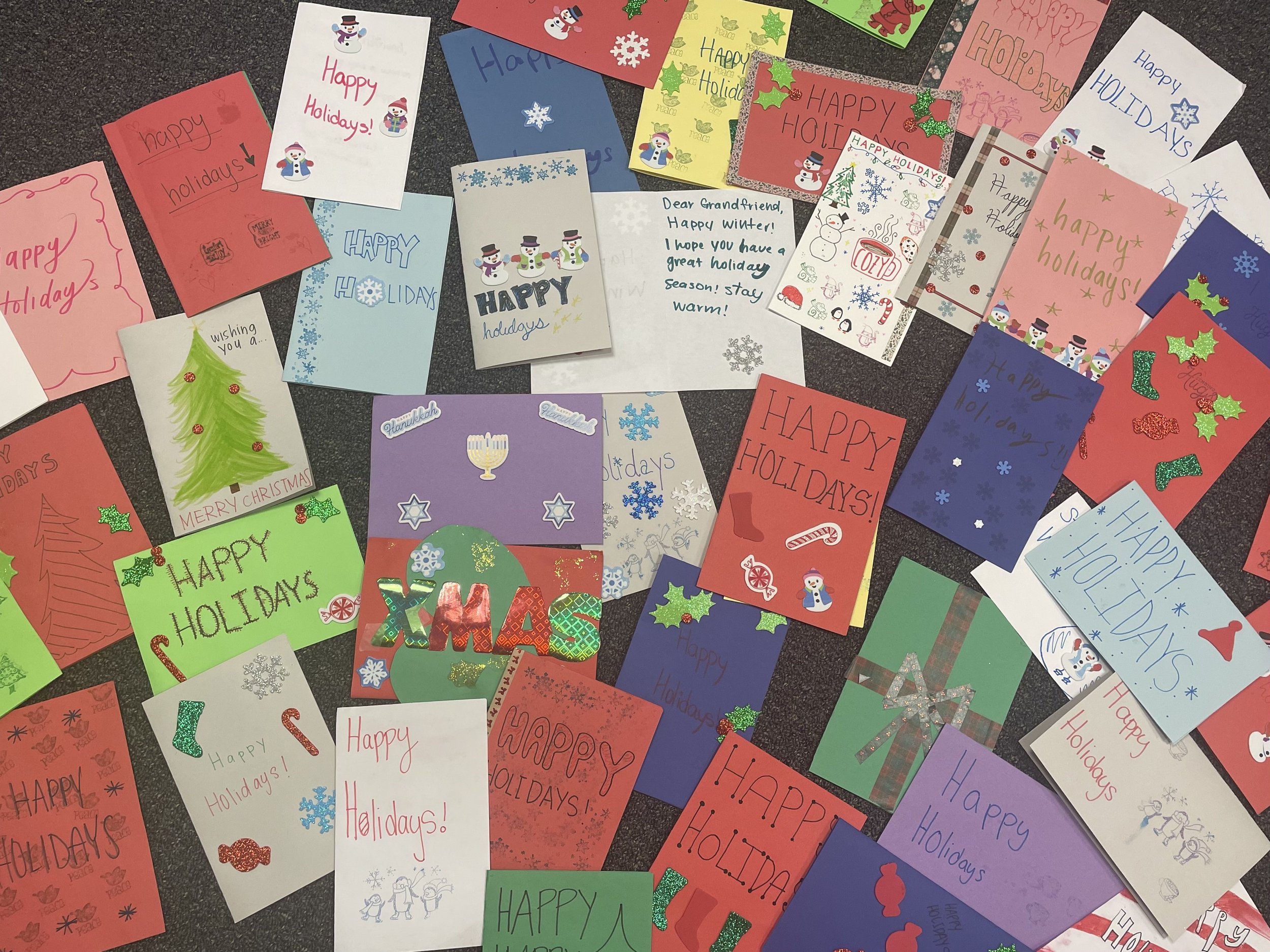
Youth Programs
Peer to Peer Depression Awareness and Suicide Prevention Program
P2P is an evidence-based program developed by the University of Michigan Eisenberg Depression Center and implemented in Rye by the Rye Youth Council. It centers on the notion that many mental health issues first present during adolescence and that teens can play a critical role in recognizing when their peers are struggling and in encouraging them to get the help they need.
The program helps students find creative ways to share information about and reduce the stigma around anxiety, depression, and other common mental health challenges, and encourages students to seek help when needed. P2P student awareness campaigns run from October through May in both Rye High School and Rye Middle School.
Does Your School Want to Implement P2P?
Rye Youth Council serves as an agency partner to the University of Michigan Eisenberg Depression Center to help middle and high schools in Westchester County launch Peer to Peer within their communities. Contact office@ryeyouthcouncil.org if you would like to learn more.












